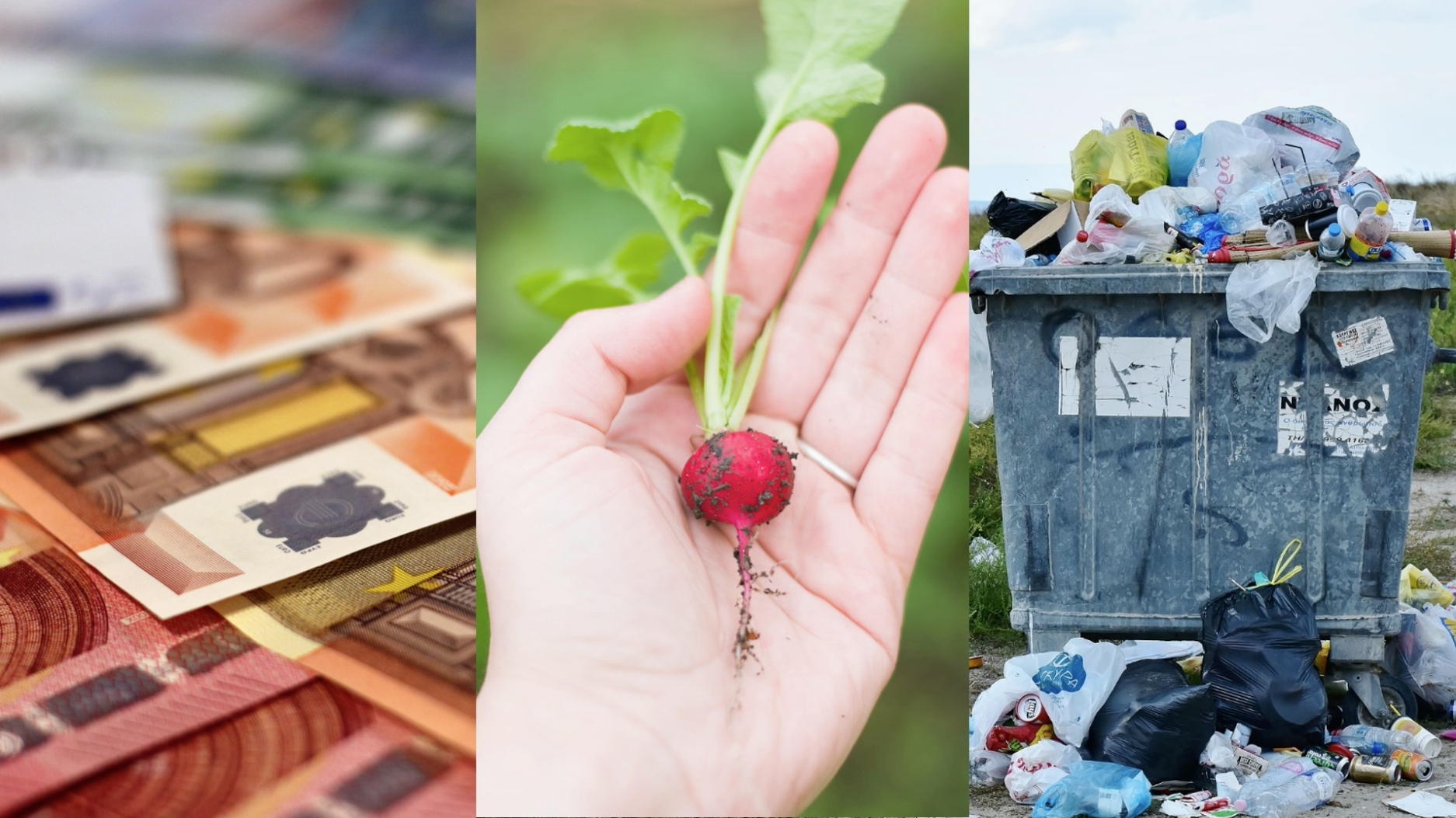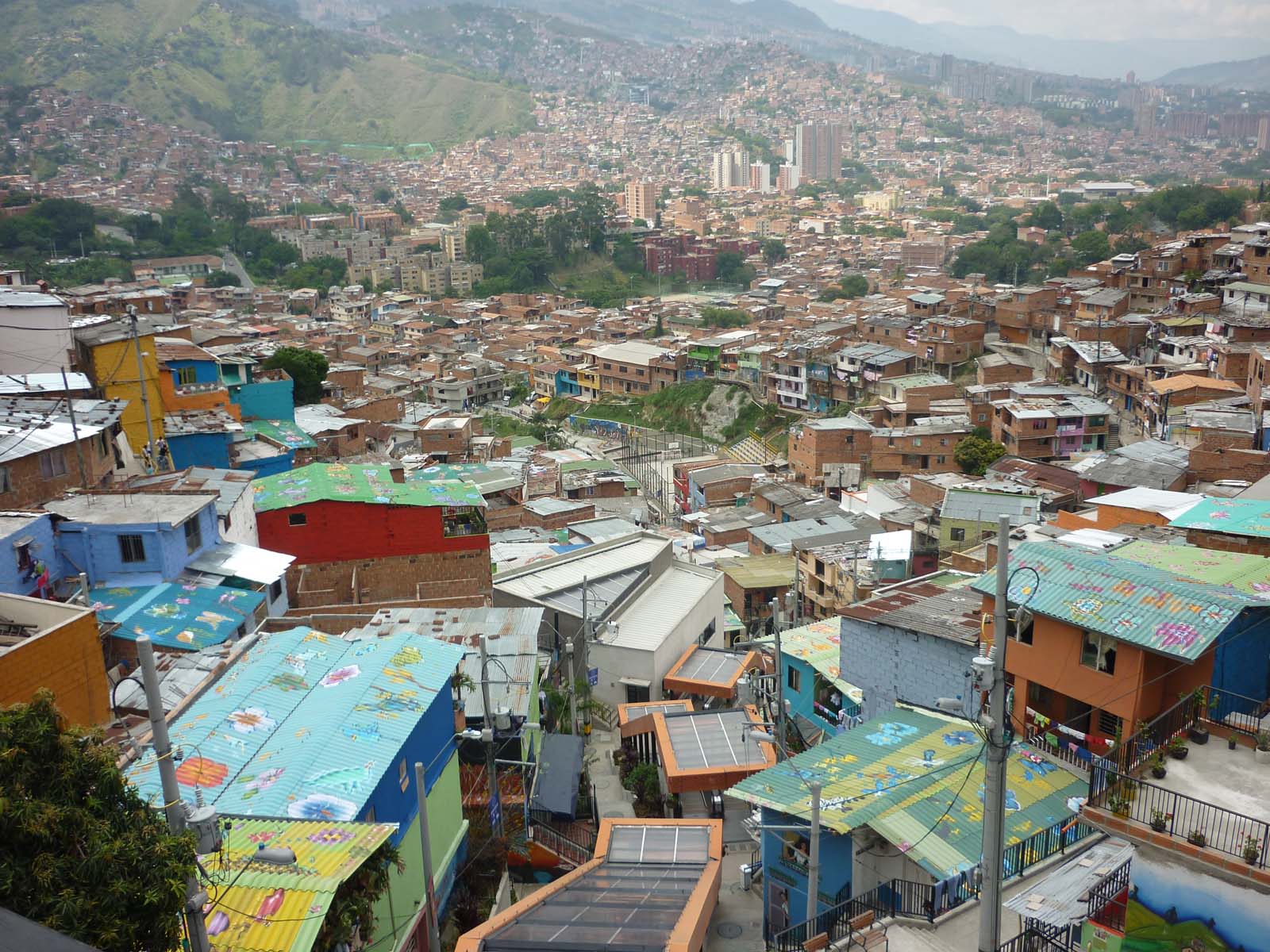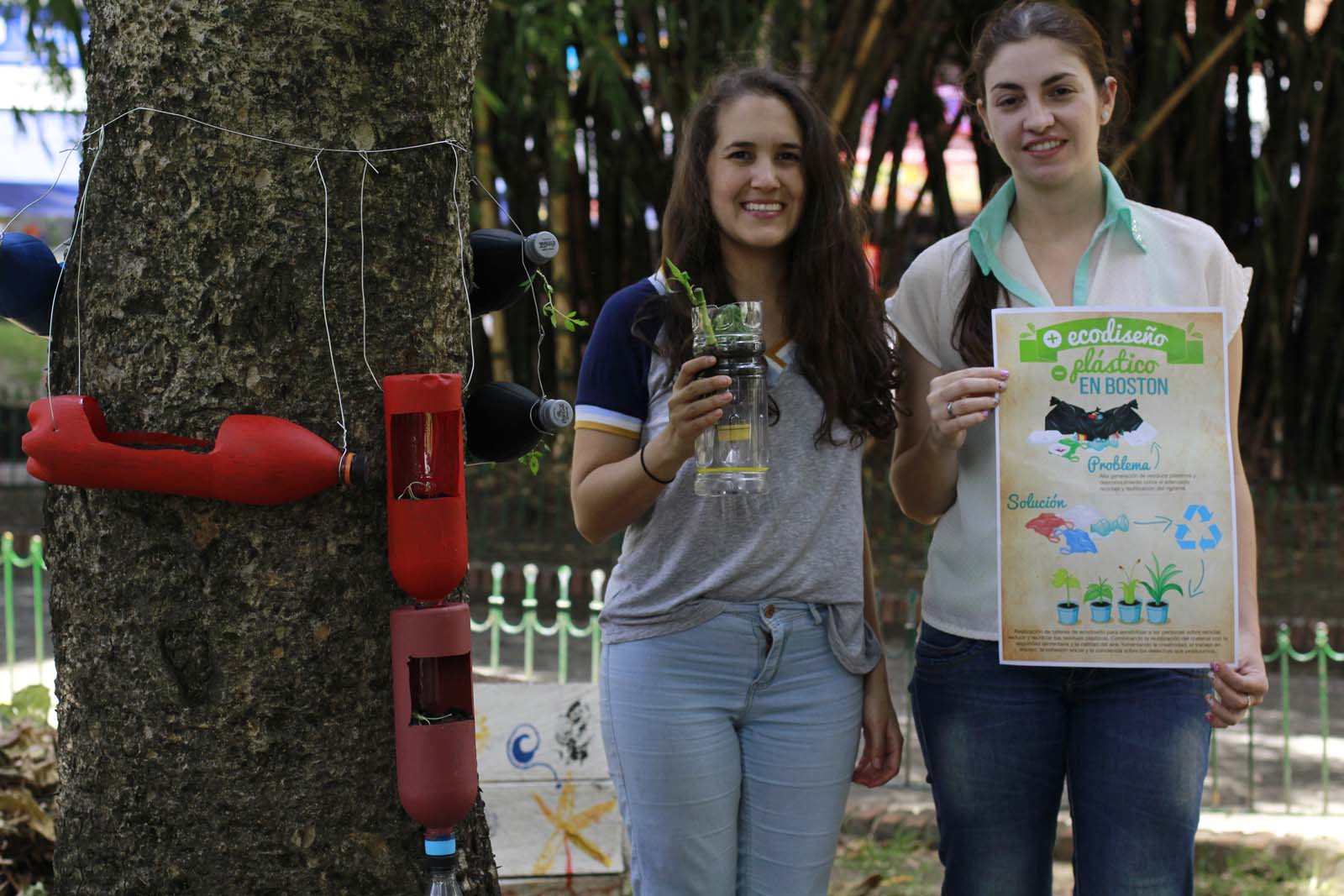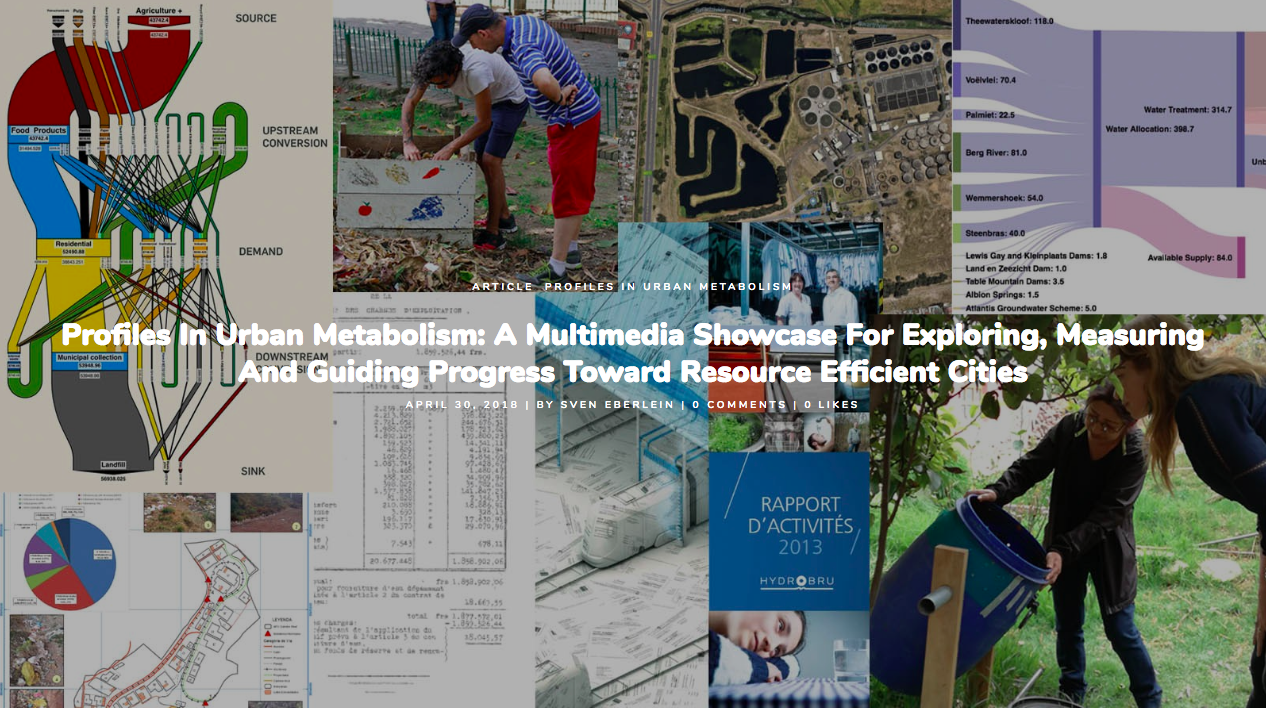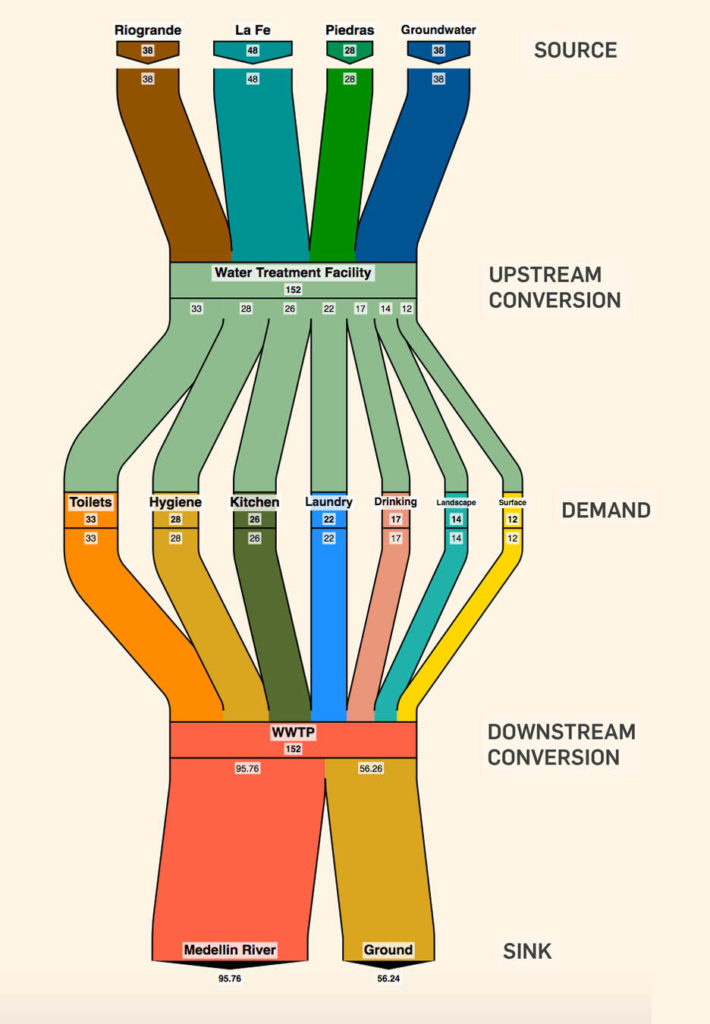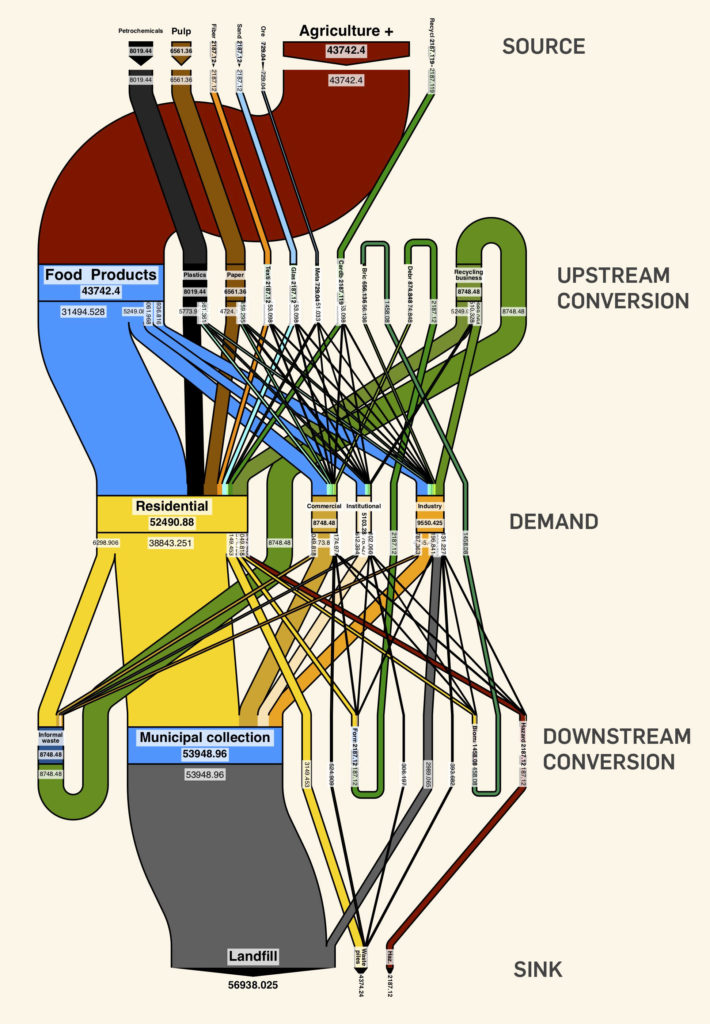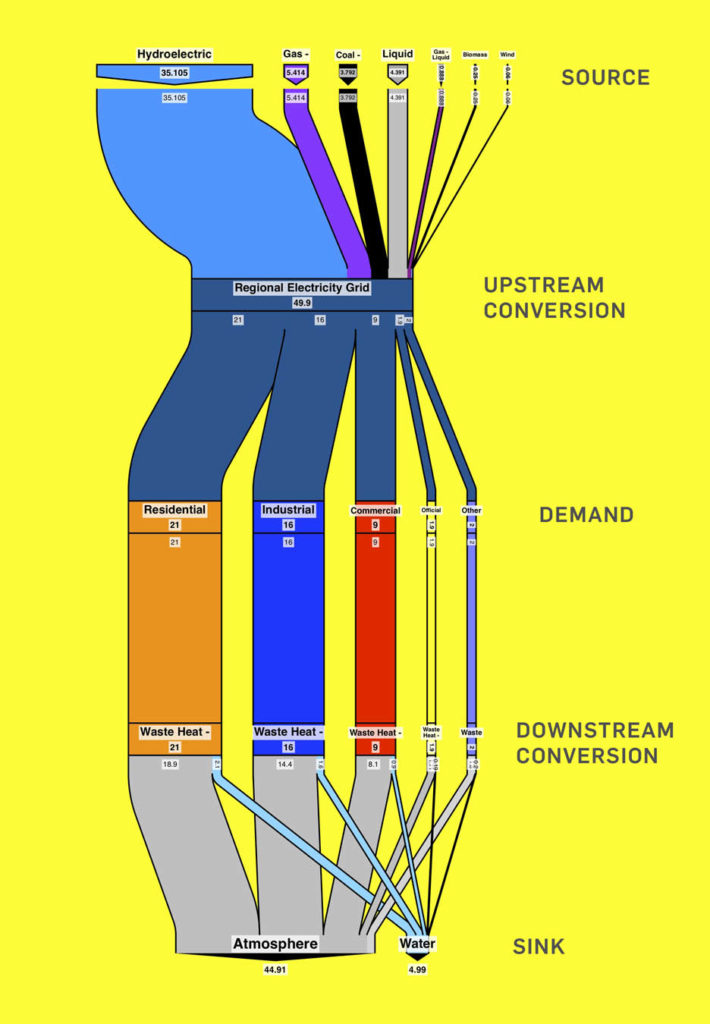Strengths
Since 2010, Colombia has been working on the conceptualization of smart electrical grids at strategic points in the country, as part of the Smart Colombia program. In 2016, Medellín allocated about US$10 million for technology transfer on the subject of smart grids. The city has generated innovations in multiservice and multiprotocol management systems. The flagship project to date is prepaid electricity meters, which in a subsequent phase will be applied to gas and water. There are 120,000 meters already installed in the city, in low-income sectors.
Opportunities
The country has significant small hydro, wind and solar resources that remain largely untapped. According to a study by the World Bank’s Energy Sector Management Assistance Program (ESMAP), exploitation of the country’s significant wind potential alone could cover more than the country’s current total energy needs.


